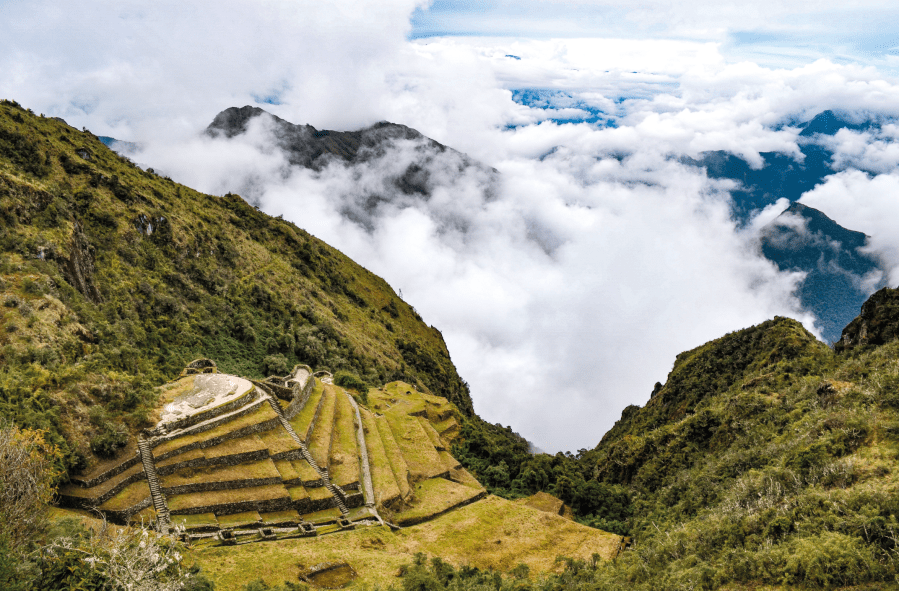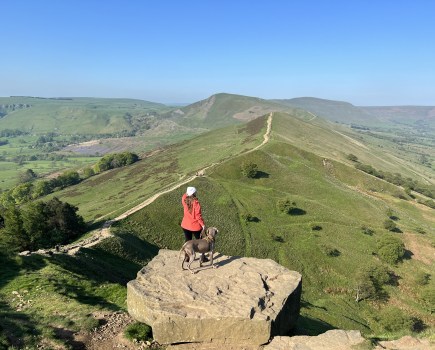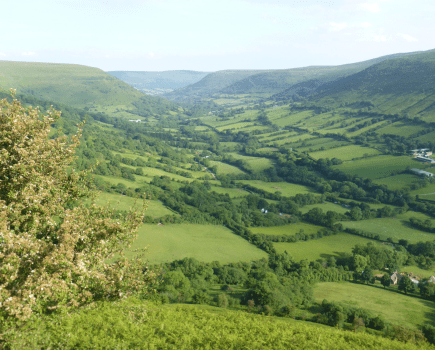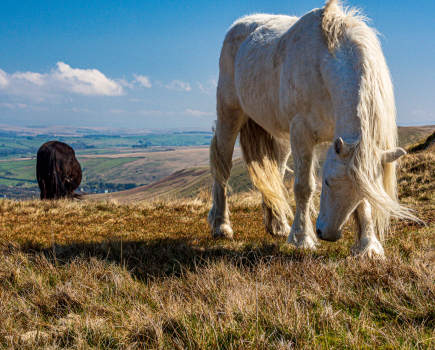The Inca Trail, covering bucket list historical sites and mountainous landscapes in just a few days, is one of the most popular treks in the world. But it’s about more than just seeing Machu Picchu.
The ruined 15th-century citadel of Machu Picchu rises out of the tropical Peruvian forests like a custom-made Indiana Jones set. It was built by the Incan civilisation, and their construction skills weren’t half impressive. The site sprawls over five miles and its levels are linked by more than 3,000 stone steps. Exploring the place is a hillwalking challenge in itself, but the real draw for trekking types is the walk in. The Inca Trail is only 43km / 26 miles long – a micro-expedition compared to some of the routes here – although most walkers still take three days to complete it.
That’s because the way winds up through lush montane forests on high-altitude paths that cross three Andean passes and clock up over 2,000 metres of ascent along the way.
Inca Trail: the stats
Start: Piscacucho, Peru | End: Machu Picchu | Length: 43km (26 miles) | Ascent: 2,153m | Season: May – September | Difficulty: Medium
The journey
Machu Picchu may be the destination, but it’s far from the only historical draw of this world-famous route. The highlights kick off right at the start with the UNESCO-listed Incan capital of Cuzco to explore before you’ve even set foot on the trail. As you climb into the mountains, ancient hillside terraces emerge from behind subtropical forests and the path meanders past endless archaeological sites: the ceremonial ruins at Sayacmarca, the Incan rest stop at Runkurakay and the romantically-named Phuyupatamarca (‘City Above the Clouds’) to name just a handful.
Time it right and you’ll arrive finally at Machu Picchu’s Sun Gate in time to see the sun rising over the most impressive ruins of all.
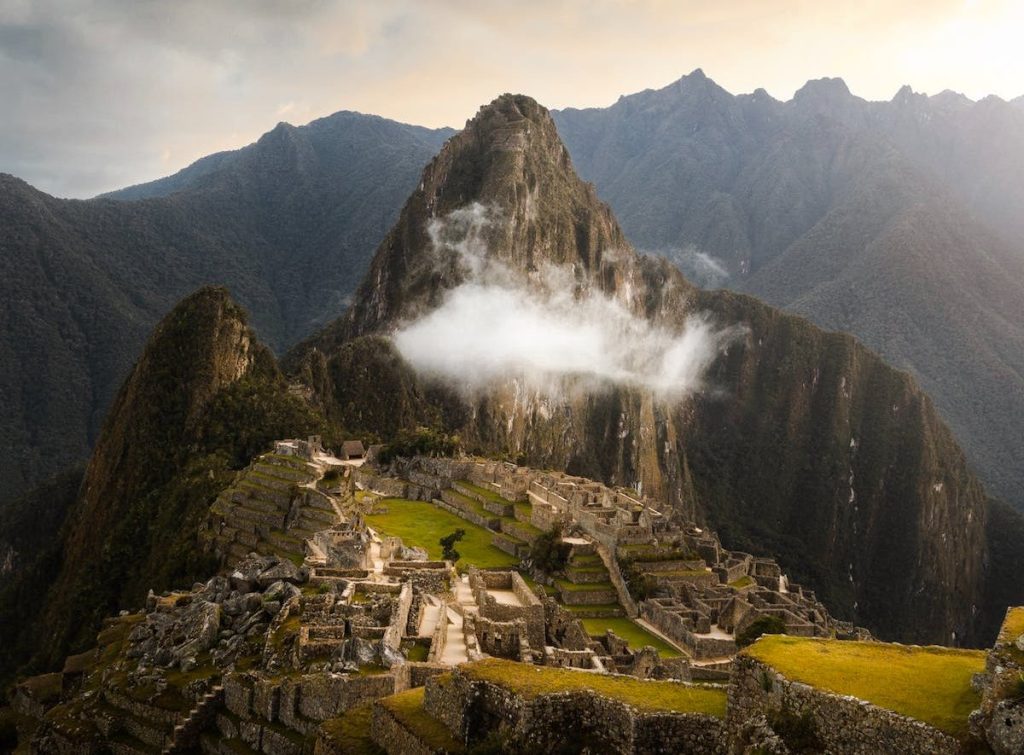
Sunrise over Machu Picchu. Credit: Trace Hudson
Kate Edwards describes it as “one of the hardest but most rewarding things I have ever done”. Her advice is to take it slow. “The very fit people all went too fast and ended up with altitude sickness – a yoga teacher, an 18-year-old and a runner. I crawled up at snail’s pace and got there. Our guide told me that people who take their time always get there, but people who rush sometimes don’t make it back down… probably a lesson for life there.”
There’s another advantage to setting a meandering pace. As the speedier trekkers filter past you, you’ll soon be left behind in a reasonably degree of solitude. You need both a permit and a guide for this route by law, and only 500 permits are issued per day. That means the trail never gets disgracefully busy – think of it as pleasantly sociable – but it also puts the kybosh on spontaneity. Permits need to be booked several months in advance, particularly if you’re walking during the dry season.
There are plenty of ways to tread more lightly on the landscape and to offer something back to the local community in return for the memories. Supporting female porters – who have only worked on the trail since 2016 – is one of them. Choosing homestays above hotels, investing in local crafts and buying your supplies at local markets will help as well.
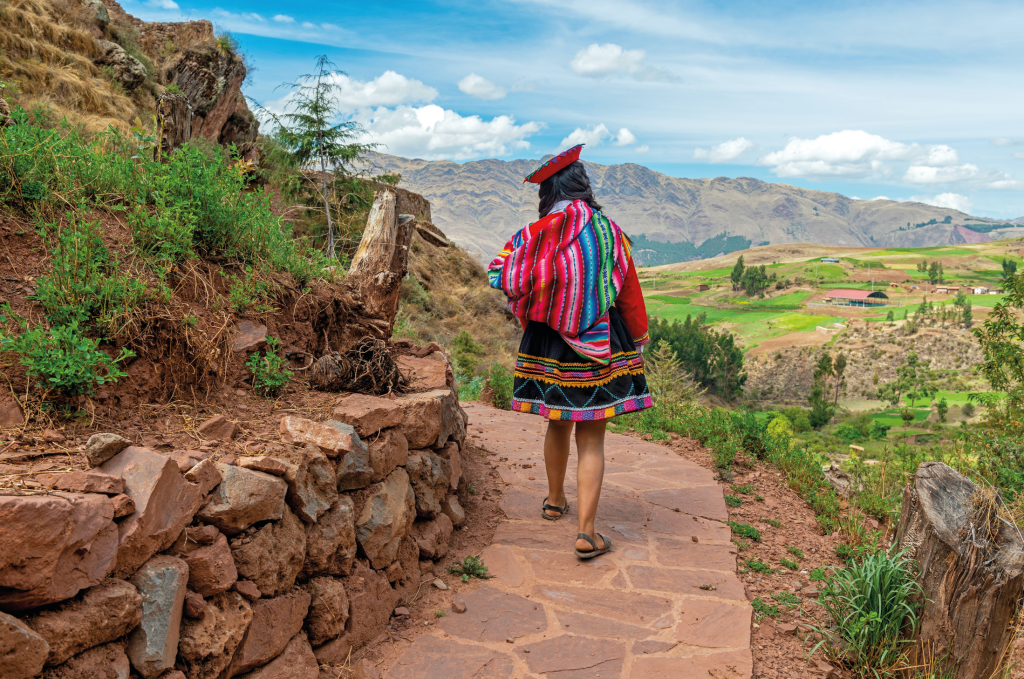
An indigenous Quechua woman walks on the Inca Trail. Credit: Shutterstock
The Inca Trail: an alternative route
If Machu Picchu is on your bucket list but you prefer your ancient ruins served up with a side helping of solitude (no permit required), there’s a longer and lesser-known alternative to the standard Inca Trail. The Salkantay trek is a high-altitude traverse of sacred Mount Salkantay.
It’s slightly longer than the more famous route (74km / 46 miles 5 to 8 days instead of 3) and it skips some of the smaller ruins, but what it lacks in archaeology it more than makes up for in stunning mountain vistas.
If you want to explore other international treks of a lifetime, check out these other bucket list treks and our expert advice on how to hike them – as well as their lesser trodden alternatives.

